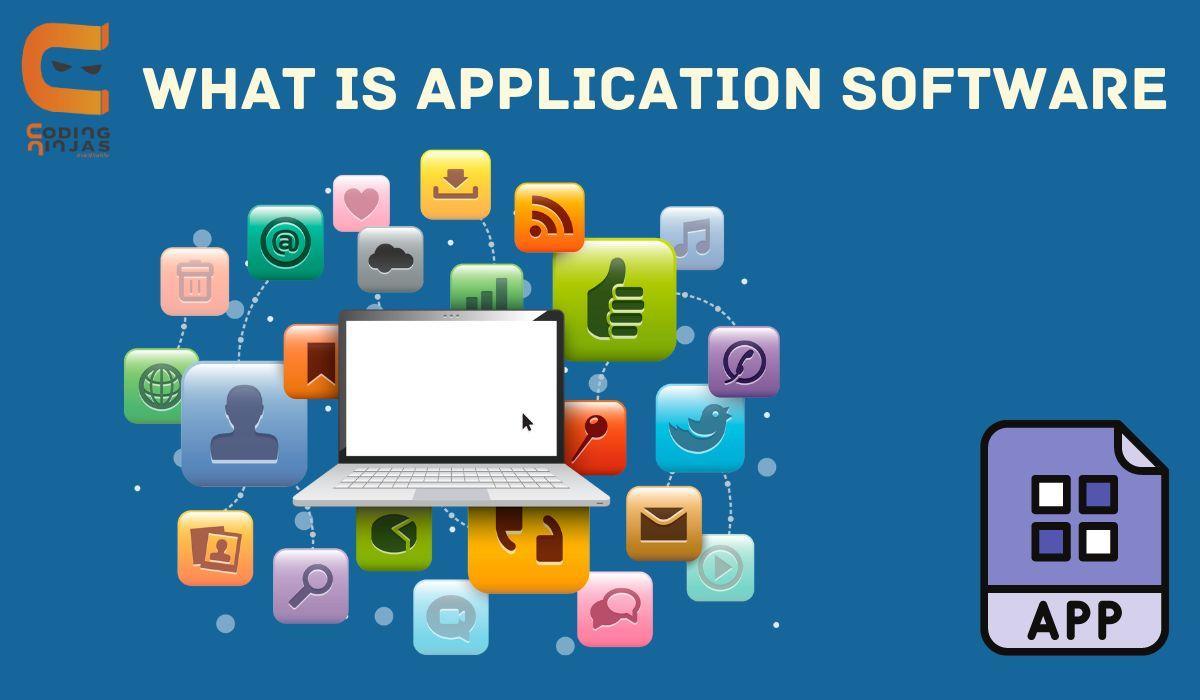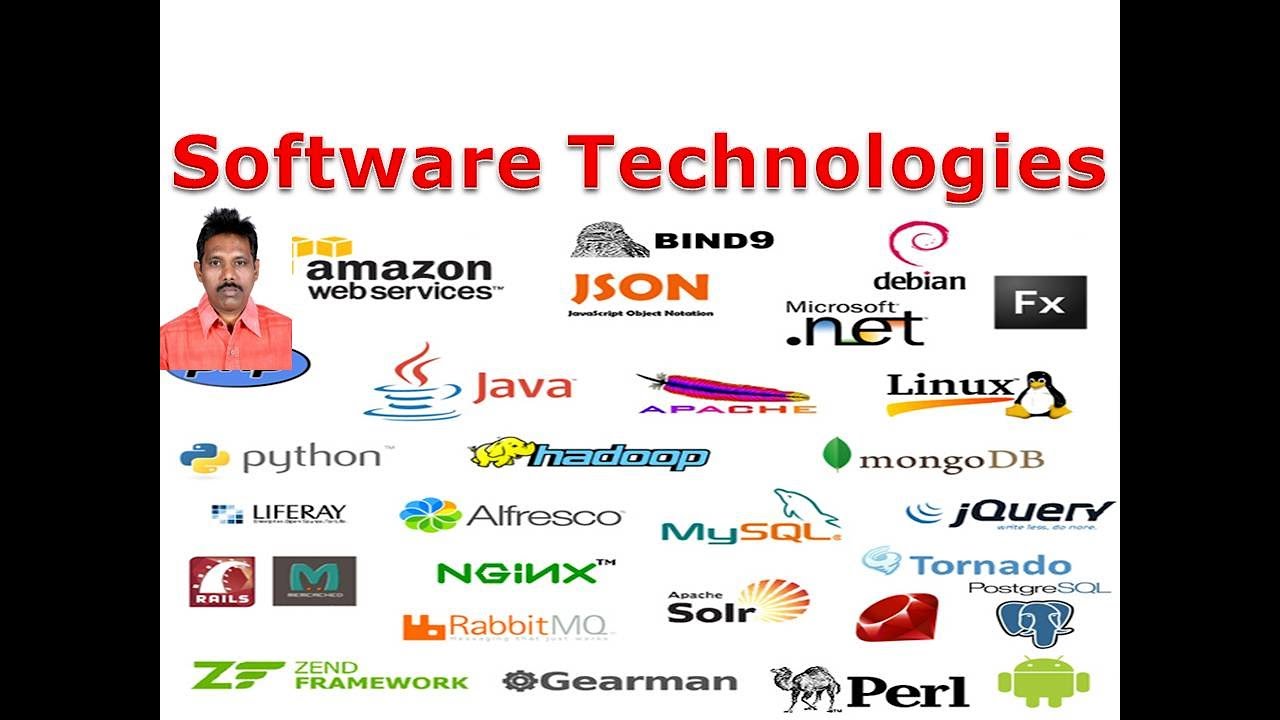Introduction to Software Technology: A Comprehensive Overview
Introduction to software technology takes center stage, ushering us into a world of innovation where digital solutions shape our lives. This field encompasses the creation, development, and application of software, […]

Introduction to software technology takes center stage, ushering us into a world of innovation where digital solutions shape our lives. This field encompasses the creation, development, and application of software, driving advancements across industries. From the intricate algorithms powering search engines to the user-friendly interfaces of mobile apps, software technology underpins our modern world.
This introduction delves into the fundamental concepts, historical evolution, and current trends shaping software technology. We’ll explore the software development lifecycle, different types of software, and the principles guiding software engineering. By understanding the core concepts, we can appreciate the immense impact software technology has on our daily lives and its potential to shape the future.
What is Software Technology?
Software technology is the foundation of our digital world, encompassing the tools, techniques, and principles used to design, develop, and deploy software applications. It’s the invisible force that powers everything from smartphones and websites to complex systems like financial trading platforms and spacecraft control systems.
Key Components of Software Technology
Software technology is a multifaceted field, built upon several key components:
- Programming Languages: These are the languages used to communicate instructions to computers. Examples include Python, Java, C++, and JavaScript, each with its strengths and weaknesses depending on the application.
- Algorithms: These are sets of instructions that define the steps to solve a specific problem. Algorithms are the core of software, dictating how data is processed and manipulated.
- Data Structures: These are organized ways of storing and accessing data within a program. Examples include arrays, linked lists, and trees, each suited for different data types and operations.
- Operating Systems: These are the software that manages the hardware resources of a computer, providing a platform for other software to run. Examples include Windows, macOS, and Linux.
Software Technology Applications Across Industries
Software technology plays a vital role in almost every industry today, enabling businesses to automate processes, improve efficiency, and create innovative products and services. Here are some examples:
- Healthcare: Software is used to manage patient records, analyze medical data, and develop new treatments.
- Finance: Software powers online banking, stock trading platforms, and risk management systems.
- Retail: Software is used to manage inventory, track sales, and personalize customer experiences.
- Manufacturing: Software is used to control production lines, monitor equipment, and optimize manufacturing processes.
- Education: Software is used to create online learning platforms, manage student data, and develop educational tools.
History and Evolution of Software Technology

Software technology has evolved dramatically since its inception, transforming from rudimentary programs to complex systems that power our modern world. This journey is marked by groundbreaking innovations, influential figures, and paradigm shifts that have shaped the way we interact with computers and the digital realm.
Early Computing Concepts and Pioneers
The foundations of software technology can be traced back to the early days of computing, with pioneers like Charles Babbage and Ada Lovelace laying the groundwork for programmable machines. Babbage’s Analytical Engine, though never fully realized, envisioned a mechanical computer capable of performing complex calculations based on instructions provided by punched cards. Lovelace, considered the first computer programmer, wrote algorithms for the Analytical Engine, demonstrating the potential of software to control and automate tasks.
The Birth of Modern Software
The advent of electronic computers in the mid-20th century ushered in a new era of software development. The first computers, such as the ENIAC, were programmed using complex wiring and switches, a process that was time-consuming and prone to errors. The development of high-level programming languages, such as FORTRAN and COBOL, in the 1950s and 1960s revolutionized software development, enabling programmers to write instructions in a more human-readable form. These languages allowed for the creation of more sophisticated applications, including scientific simulations, business data processing, and early operating systems.
The Rise of Operating Systems and Software Applications
The 1970s witnessed the emergence of operating systems, such as UNIX and CP/M, which provided a platform for running multiple programs and managing computer resources. The development of personal computers in the 1980s further fueled the growth of software applications, with programs like Microsoft Word and Lotus 1-2-3 becoming staples in offices and homes. The introduction of graphical user interfaces (GUIs), pioneered by Xerox PARC and popularized by Apple’s Macintosh, made computers more accessible to a wider audience, paving the way for the explosion of software applications in the years to come.
The Internet Revolution and the Web, Introduction to software technology
The invention of the internet in the 1980s and its widespread adoption in the 1990s transformed software development. The internet enabled the creation of distributed applications, such as email, web browsers, and online services, that could be accessed from anywhere in the world. The development of web technologies, including HTML, CSS, and JavaScript, allowed for the creation of dynamic and interactive websites, further expanding the reach and impact of software.
Mobile Computing and Cloud Computing
The rise of mobile computing in the 2000s, driven by the popularity of smartphones and tablets, introduced new challenges and opportunities for software developers. Mobile applications needed to be optimized for smaller screens, touch interfaces, and limited processing power. The advent of cloud computing, which allows users to access software and data over the internet, further changed the landscape of software development. Cloud-based services, such as Amazon Web Services and Google Cloud Platform, enabled developers to build and deploy applications more quickly and efficiently, without the need for expensive hardware infrastructure.
Artificial Intelligence and Machine Learning
Recent advancements in artificial intelligence (AI) and machine learning (ML) are revolutionizing software development. AI-powered applications, such as chatbots, image recognition systems, and self-driving cars, are becoming increasingly sophisticated and pervasive. ML algorithms can analyze vast amounts of data to identify patterns, make predictions, and automate tasks, leading to new possibilities in areas such as healthcare, finance, and manufacturing.
Software Development Lifecycle

The software development lifecycle (SDLC) is a structured process that Artikels the various phases involved in creating, deploying, and maintaining software applications. It acts as a roadmap, guiding development teams from the initial conception of an idea to the final delivery and ongoing support of a software product.
Phases of the Software Development Lifecycle
The SDLC typically comprises several distinct phases, each with its own set of objectives and deliverables. The following provides a general overview of the phases involved:
- Requirement Gathering and Analysis: This initial phase involves understanding the needs and expectations of the end-users. Developers collaborate with stakeholders to gather detailed requirements, define the scope of the project, and document the functionalities and features of the software. This phase is crucial for ensuring that the final product meets the intended purpose.
- Design: Based on the gathered requirements, the design phase focuses on creating a blueprint for the software architecture. This includes defining the system’s components, data structures, user interfaces, and overall structure. The design phase aims to ensure the software’s scalability, maintainability, and adherence to quality standards.
- Implementation: This is the core development phase where developers write code based on the approved design specifications. Programmers use programming languages and tools to translate the design into functional software. This phase involves coding, testing, and debugging to ensure the software meets the defined requirements.
- Testing: Once the software is developed, it undergoes rigorous testing to identify and rectify any bugs or defects. Different types of testing, such as unit testing, integration testing, and system testing, are conducted to ensure the software’s functionality, performance, and reliability. Testing is essential for delivering a high-quality product.
- Deployment: After successful testing, the software is deployed to the production environment, making it available to end-users. This phase involves installing the software on servers, configuring the system, and ensuring seamless integration with existing infrastructure. Deployment requires careful planning and execution to minimize downtime and ensure a smooth transition.
- Maintenance: Even after deployment, software requires ongoing maintenance to address issues, implement enhancements, and adapt to changing user needs. This phase involves monitoring the software’s performance, resolving bugs, implementing new features, and providing technical support to users. Regular maintenance ensures the software remains functional, secure, and relevant over time.
Software Development Methodologies
Different approaches, known as methodologies, are employed to manage the software development process effectively. Two prominent methodologies, Agile and Waterfall, are widely used in the industry:
- Waterfall Methodology: This traditional approach follows a linear, sequential flow, where each phase is completed before moving to the next. The Waterfall model is well-suited for projects with clearly defined requirements and a predictable scope. However, it can be less flexible for projects with evolving requirements or where feedback loops are crucial.
- Agile Methodology: Agile methodologies, such as Scrum and Kanban, emphasize iterative development and continuous feedback. They promote collaboration, flexibility, and rapid prototyping. Agile approaches are well-suited for projects with changing requirements, where adaptability and responsiveness are paramount. They encourage frequent releases, allowing for continuous improvement and adaptation based on user feedback.
Importance of Testing, Quality Assurance, and Documentation
Testing, quality assurance (QA), and documentation play vital roles in the software development process, ensuring the delivery of a high-quality and reliable product.
- Testing: Testing is essential for identifying and resolving defects, ensuring the software functions as intended. Different types of testing, including unit testing, integration testing, and system testing, are employed to assess various aspects of the software’s functionality, performance, and security. Thorough testing helps to minimize risks and improve the overall quality of the software.
- Quality Assurance: QA involves a set of processes and activities aimed at ensuring the software meets predefined quality standards. It encompasses testing, code reviews, and other measures to identify and prevent defects. QA teams work closely with development teams to ensure the software meets the required quality standards.
- Documentation: Documentation is crucial for understanding and maintaining the software throughout its lifecycle. It includes technical documentation, user manuals, and other relevant materials that provide insights into the software’s functionality, architecture, and operation. Clear and comprehensive documentation is essential for developers, testers, and users, facilitating efficient maintenance, troubleshooting, and knowledge sharing.
Ultimate Conclusion: Introduction To Software Technology

As we conclude our exploration of software technology, we stand at the precipice of an exciting future. The field is constantly evolving, driven by emerging trends like artificial intelligence, cloud computing, and blockchain. These advancements promise to revolutionize how we interact with technology and create new possibilities for innovation. By embracing continuous learning and adapting to these changes, we can harness the power of software technology to build a brighter and more interconnected world.
Understanding software technology is essential in today’s digital world, as it drives everything from the apps on our phones to the complex systems that power our businesses. One area where software plays a crucial role is in advertising, with companies like ad technologies hdpe developing innovative solutions to reach target audiences.
These technologies, often powered by algorithms and data analysis, demonstrate the transformative power of software in shaping how we interact with the world around us.









